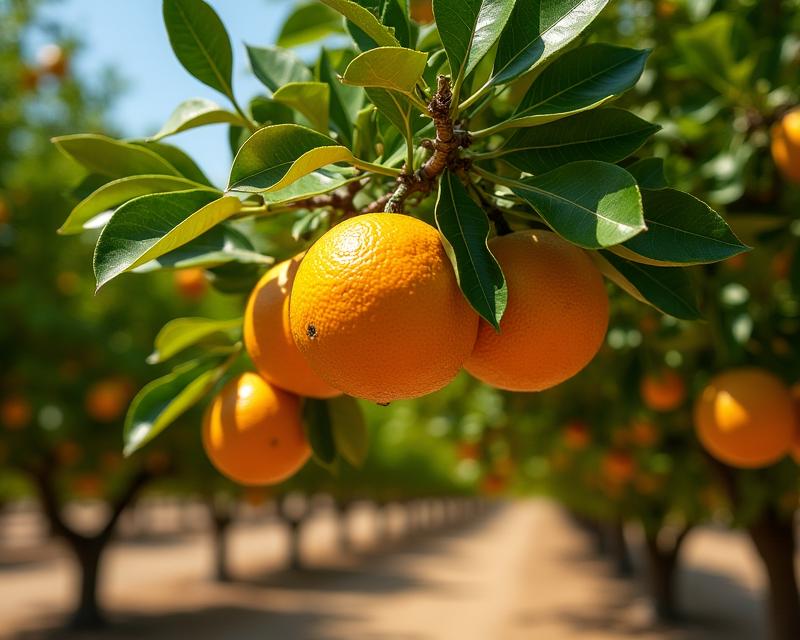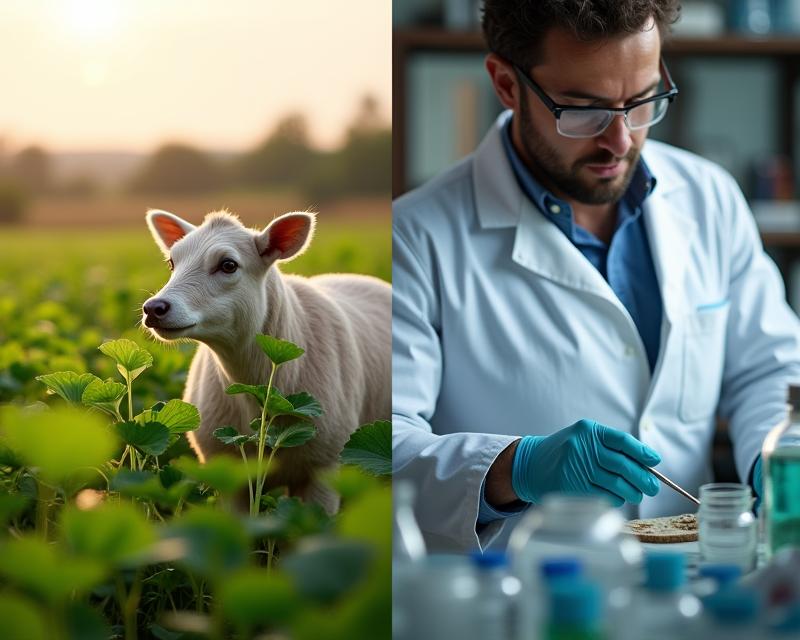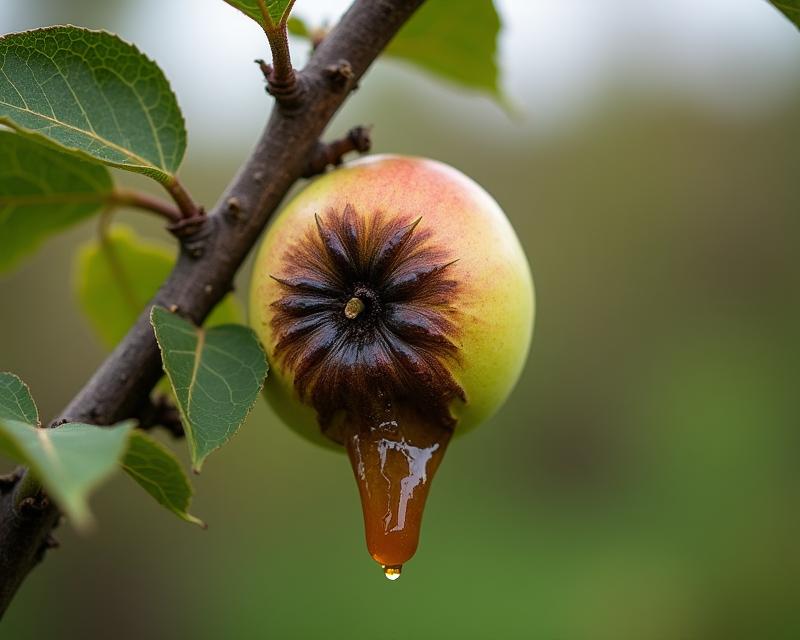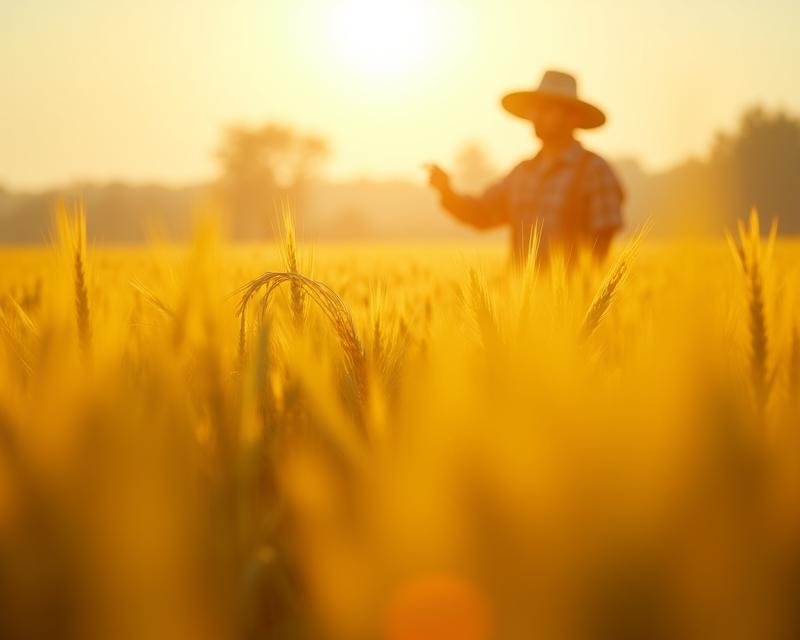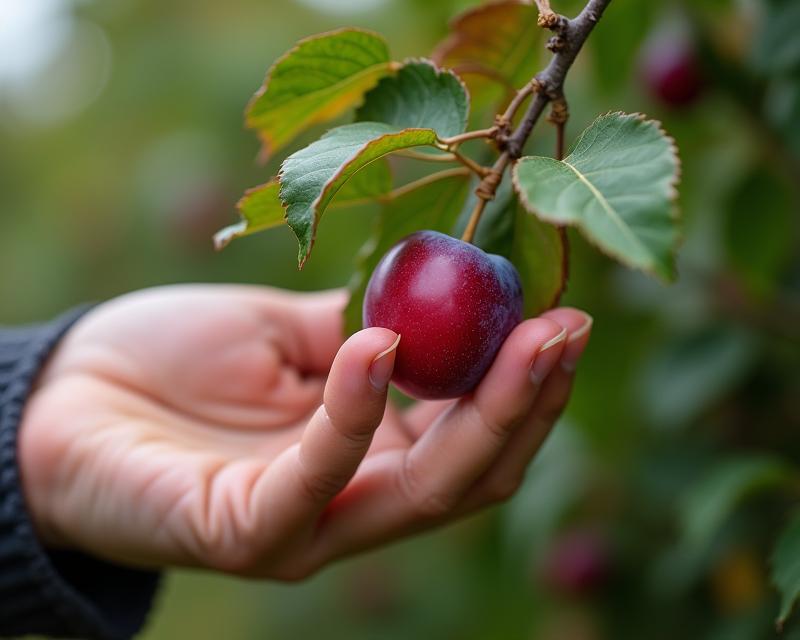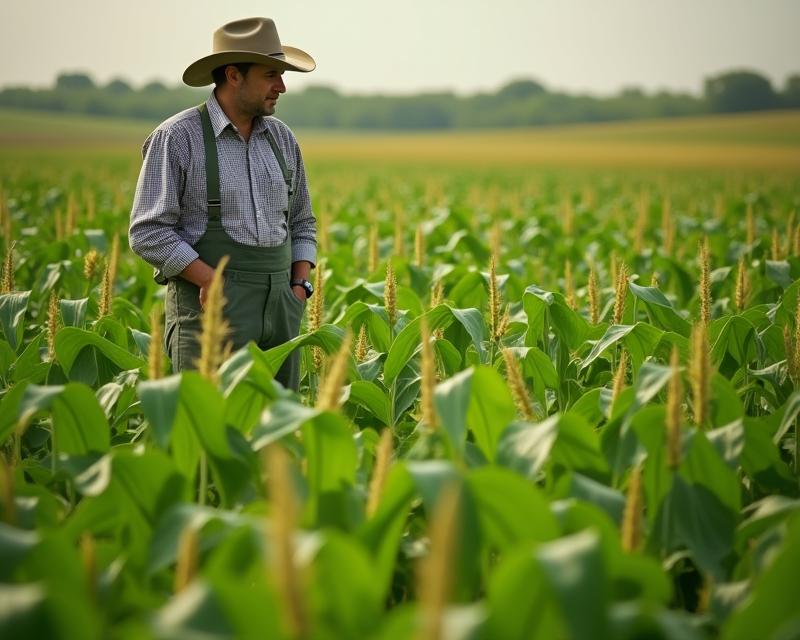Rice Sowing: Transplanting vs. Direct Seeding
Publish in Crops el 22/07/2025 16:25
Rice Sowing: Transplanting vs. Direct Seeding
Rice is a staple crop for billions worldwide, and getting it started right is crucial for a successful harvest. One of the first big decisions farmers face is *how* to sow their rice – either through transplanting seedlings or direct seeding. Both methods have their advantages and disadvantages, and the best choice depends on your specific circumstances. Let's dive into a comparison to help you decide!
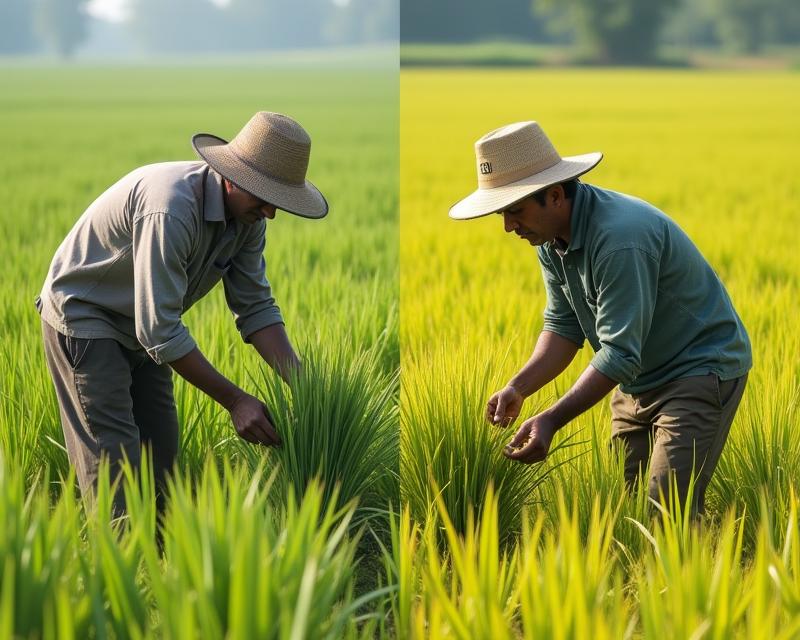
Transplanting: The Traditional Method
Transplanting involves growing rice seedlings in a nursery bed and then carefully moving them to the flooded paddy field. This is the more traditional method, and it's still widely used. Pros of transplanting include better weed control in the early stages, as the nursery bed can be managed effectively. It also allows for more precise spacing, which can lead to higher yields. Furthermore, transplanting often results in a more uniform crop, making harvesting easier. However, transplanting is also more labor-intensive and requires more time and resources. It also carries a risk of transplant shock, where the seedlings struggle to adjust to their new environment.
Direct Seeding: A Modern Approach
Direct seeding involves sowing the rice seeds directly into the flooded paddy field. This method eliminates the nursery stage, saving time and labor. The advantages of direct seeding are significant: reduced labor costs, lower initial investment, and less risk of transplant shock. It's also a more environmentally friendly option, as it reduces the need for land preparation and seedling transportation. However, direct seeding can be more challenging to manage. Weed control can be more difficult, and achieving uniform spacing can be tricky. Also, direct seeding is more susceptible to pest and disease problems, especially if conditions aren't ideal.
Which Method is Right for You?
So, which method should you choose? Consider these factors:
- Labor Availability: If labor is scarce or expensive, direct seeding might be a better option.
- Soil Conditions: Direct seeding works best in well-drained soils.
- Weed Pressure: If weed pressure is high, transplanting might be preferable.
- Water Management: Both methods require careful water management, but direct seeding can be more challenging in uneven terrain.
- Equipment Availability: Direct seeding requires specialized equipment, while transplanting requires nursery beds and transplanting tools.
